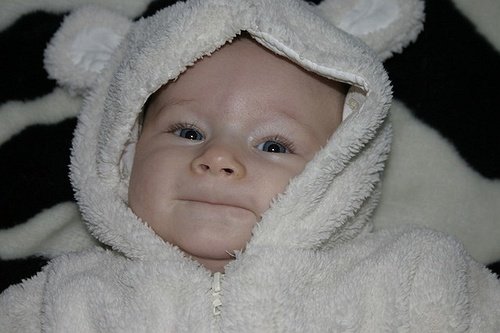Albany, NY - November 2, 2015 - Governor Cuomo announced the results of Child Passenger Safety Week seat check events, during which 88 percent of the 931 seats inspected were found to be improperly installed. Technicians found that only 112 had been installed correctly, which demonstrates the importance of learning how to properly install car seats and taking advantage of the state- and local-sponsored safety check events.
“The sheer number of incorrectly installed car seats found during these recent events is truly eye-opening,” Governor Cuomo said. “As a father, I know that there is nothing more important than the safety of our kids. I encourage all parents with younger children to attend one of these free checks, get the facts, and ensure our youngest New Yorkers are being buckled up safely and properly.”
Governor Cuomo announced a number of these September seat checks, which helped parents and caregivers find age- and size- appropriate car seats for their children. Child safety seat checks are coordinated by the New York State Governor’s Traffic Safety Committee in cooperation with state and local law enforcement and community safety partners year round, either by appointment or at events conducted throughout the year. Future scheduled events can be found on the Governor's Traffic Safety Committee website.
A 2012 National Highway Traffic Safety Administration (NHTSA) survey revealed that 20 percent of all drivers of child passengers did not read any instructions on how to properly install their child restraints, yet 90 percent felt “confident” or “very confident” that their car seats and booster seats were installed correctly.
Children in improperly installed car seats run greater risks of injury during crashes. According to NHTSA, car crashes are a leading cause of death for children under 13 years old in the United States, and many times, deaths and injuries can be prevented by proper use of car seats, booster seats, and seat belts. Child Passenger Safety Week, which aims to raise awareness of the importance of the proper use and installation of child safety seats, culminated in National Seat Check Saturday on September 19, a day in which free child seat inspections were conducted statewide and across the nation.
“Child passenger safety seat checks are free of charge, quick to perform, and keep thousands of New York’s children safe every year, as the numbers show,” said New York State Department of Motor Vehicles Executive Deputy Commissioner Terri Egan. “The importance of these child seat check events cannot be overstated. I encourage parents and caregivers to take the time to ensure their children’s safety seats are installed properly. It could save your child’s life.”
Parents and caregivers can also get proactive about checking their child’s safety seat at home. NHTSA produced a series of videos which are available on its website and which instruct parents and caregivers how to install rear-facing car seats, forward-facing car seats, and booster seats. Additionally, Safe Kids and NHTSA recommend the following Safe Kids checklist:
- Right Seat: Check the label on the car seat to make sure it's appropriate for a child's age, weight, and height.
- Right Place: Keep all children in the back seat until they are 13 years old. Doing this, along with correctly using the appropriate child restraints, greatly reduces the risk of injury.
- Right Direction: Keep the child in a rear-facing car seat for as long as possible. When he or she outgrows the seat, move the child to a forward-facing car seat, and attach the top tether after tightening and locking the seat belt or lower anchors.
- Inch Test: Once the car seat is installed, shake it at the base. A properly installed seat will not move more than an inch.
- Pinch Test: Make sure the harness is tightly buckled and coming from the correct slots (check the manual). Now, with the chest clip placed at armpit level, pinch the strap at the child's shoulder. If unable to pinch any excess webbing, the seat is installed properly.
New York State’s first child passenger restraint law went into effect in 1982 and has since been strengthened. According to the current law, all children must be restrained in an appropriate child restraint system that meets their size and weight recommended by the manufacturer until they reach their eighth birthday while riding in a motor vehicle. It also notes that a vehicle's safety belts are not defined as a child restraint system under the law, as safety belts are not designed for children under four feet, nine inches tall, and therefore do not protect young children.
In 2014, 375 child safety seat check events were conducted across the state. At these events, 6,223 seats were inspected and 87 percent of the seats inspected were found to have been installed incorrectly, which can include a range of issues: for example, the seat could be expired or not height-and-weight appropriate. It could also mean that children were not using booster seats, which can help seat belts fit properly.
Car seat rankings are available here. For more information on vehicle restraints, car seat recommendations for children, and child passenger safety, visit the Governor’s Traffic Safety Committee website.










